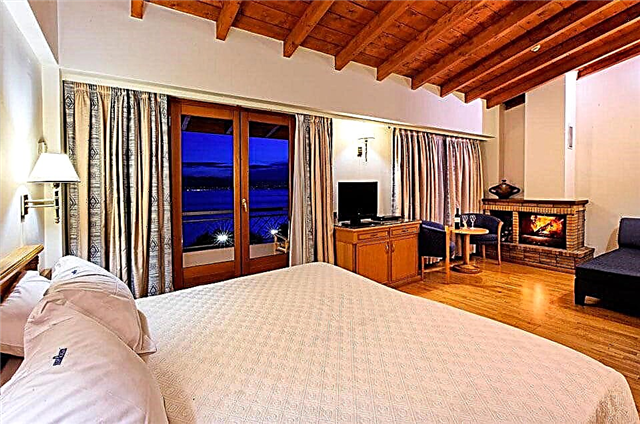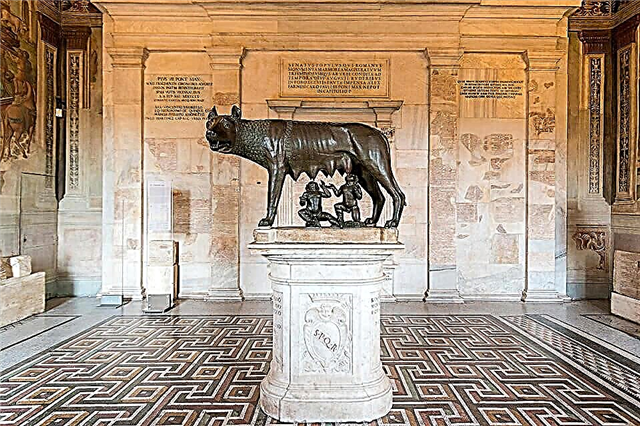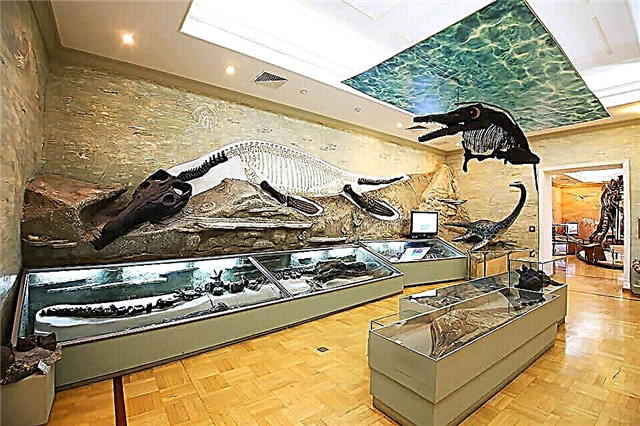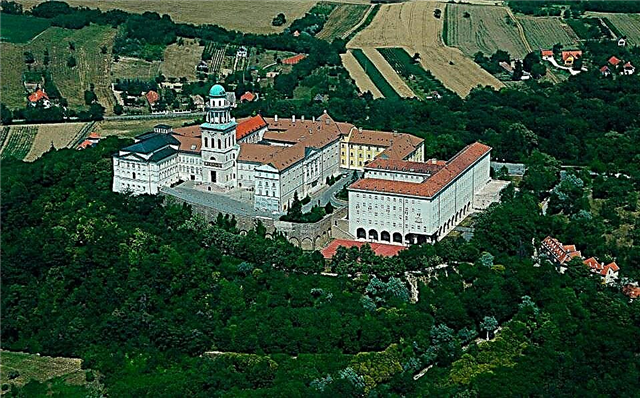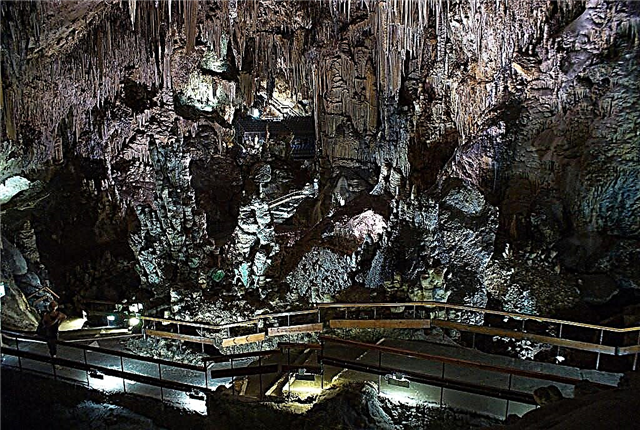Nerja is located in the very south of Spain, in sunny Andalusia. This is a relatively small resort town, where you can enjoy not only the gentle sea, golden sand, but also feel the delights of the colorful way of life of the Spaniards themselves. Wonderful narrow streets, white houses with terracotta roofs decorated with flowers, small shops, the sound of music ... The local flamenco school is considered one of the best in the country. By the way, local beaches have been awarded the "Blue Flag", something like a "quality mark" from the European Commission for the Environment. This means that the water and the coast here are very clean, and they have been tested constantly for more than a dozen years.

The long century of these ancient places is rich in significant events, unfortunately, many of them were destructive. Therefore, not many historical and natural monuments have survived, but they all evoke a storm of emotions and admiration.
Main local attraction
The most important local attraction is located about 5 km east of the city. The Spaniards cannot be surprised by the caves, many of these creations of nature are scattered in the mountain gorges, but this one is different from all. First of all, in size, the area of the three main galleries, of which it consists of 35.5 thousand square meters. These are approximately five football fields of the Camp Nou stadium in Barcelona. The view from the inside amazes with unimaginable sensations.

In 1959, five boys from the surrounding villages, while hunting bats, accidentally found the remains of skeletons and pottery. Of course, they immediately told the adults about the find. Researchers, scientists, photographers flooded into this place, and already in 1961 Cueva de Nerja was recognized as a historical and artistic monument. Today it is the third most visited tourist destination in Spain. Up to 500 thousand guests come here annually.
The winding road from Nerja to the cave enchants with picturesque mountain landscapes. At the end of the path, there is an amazing view of the famous Eagle Bridge, or Aqueduct of El Aguila. The grandiose four-level structure of 38 arches was erected in the 19th century to supply water to the sugar factory. The aqueduct is still functioning, irrigating nearby plantations.

Excursions
The cave itself consists of three galleries. Only the Lower is open for inspection, archaeologists and various specialists work in the Middle and Upper. These voids were formed five million years ago, during the Ice Age. The found rock paintings, traces of the hearth, stone tools indicate that people lived here. This place is fraught with many mysteries, it has not yet been fully explored. If you wish, of course, you can, accompanied by a speleologist instructor, make a trip to the closed areas of this underworld. This requires certain skills, equipment, a separate fee and advance agreement.
Regular excursions take place in halls equipped with electric lighting and special paths. The viewing platforms offer impressive panoramas. In several showcases you can see the local archaeological finds: fragments of ceramics, the skeleton of a person who lived in the Stone Age.

The atmosphere of these rooms is stunning. Their width reaches 100m, and their height is up to 30m. Between the huge columns of inconceivable shape, "icicles" of various sizes hang down, in some places some of them have already fallen. Therefore, some sightseers (completely in vain) look up with apprehension. All this is illuminated by multi-colored lanterns, the light of which is reflected, but in a different shade. Stalactites and stalagmites create fantastic patterns. And all this beauty is accompanied by supernatural sounds. Somewhere water is dripping, or air is moving, any rustle is not heard under the ground, but given the size of these rooms and the richness of "reflective elements", the acoustics in Cueva de Nerja are simply excellent.
Cave halls
Every year, in June, the Cascade Hall gathers music and dance lovers. There are festivals where world stars of opera and ballet perform. More than a hundred metal seats and a stage are carefully arranged for such concerts.

An extraordinary stalagmite is located in the "Phantom" hall. Its exquisite lines and unusual patterns on the surface are reminiscent of a castle. The gigantic speleothem in the Cataclysm hall is included in the Guinness Book of Records. 32m in height, 13 / 7m wide at the base. The name of the “Elephant's Tusk” hall comes from the original formation in the form of a tusk frozen in its center.
Words cannot describe the emotions that accompany visitors to this stunning kingdom of shadows, sounds, striking figures and ornaments. It is true that nature is the best artist. With the help of water penetrating into the cracks between the rocks, she created a unique creation, which is now considered by many scientists to be the most significant throughout Europe. Layer by layer, evolving over millennia, these bizarre statues store information that makes it possible to establish the peculiarities of the climate of those times, the approximate dates of earthquakes…. Therefore, they are of significant geological interest for experts.

It's amazing how such a large monument to the history of mankind has survived to this day in an intact form and so close to the civilized world.
Balcony of Europe
In addition to Cueva de Nerja, there are other wonderful places in the town that are popular with tourists. The Balcony of Europe is a wide area on a rock ledge, 25 m high. Near the fence there is a monument to King Alfonso XII, who did a lot of good for the country. And in 1885 he visited Nerja to support its inhabitants after the earthquake, which destroyed most of the homes, including the watchtower that once defended the city from pirate attacks. On its wreckage, the king made a speech that was long remembered by the townspeople. This is where the Balcon di Europa was built. It offers a magnificent view of the entire Costa del Sol.

The Church of El Salvador is also worth seeing, with its delightful 12th century frescoes and artistic painting by contemporary artist Francisco Hernandez Diaz. A 17th century chapel of sorrow with a spectacular dome, decorated by the Granada master Alonso Cano.
Nerja is a real pearl of tourism in Spain, distinguished by its bright identity and at the same time, low prices.
Recommended reading Altamira Cave, Spain.



